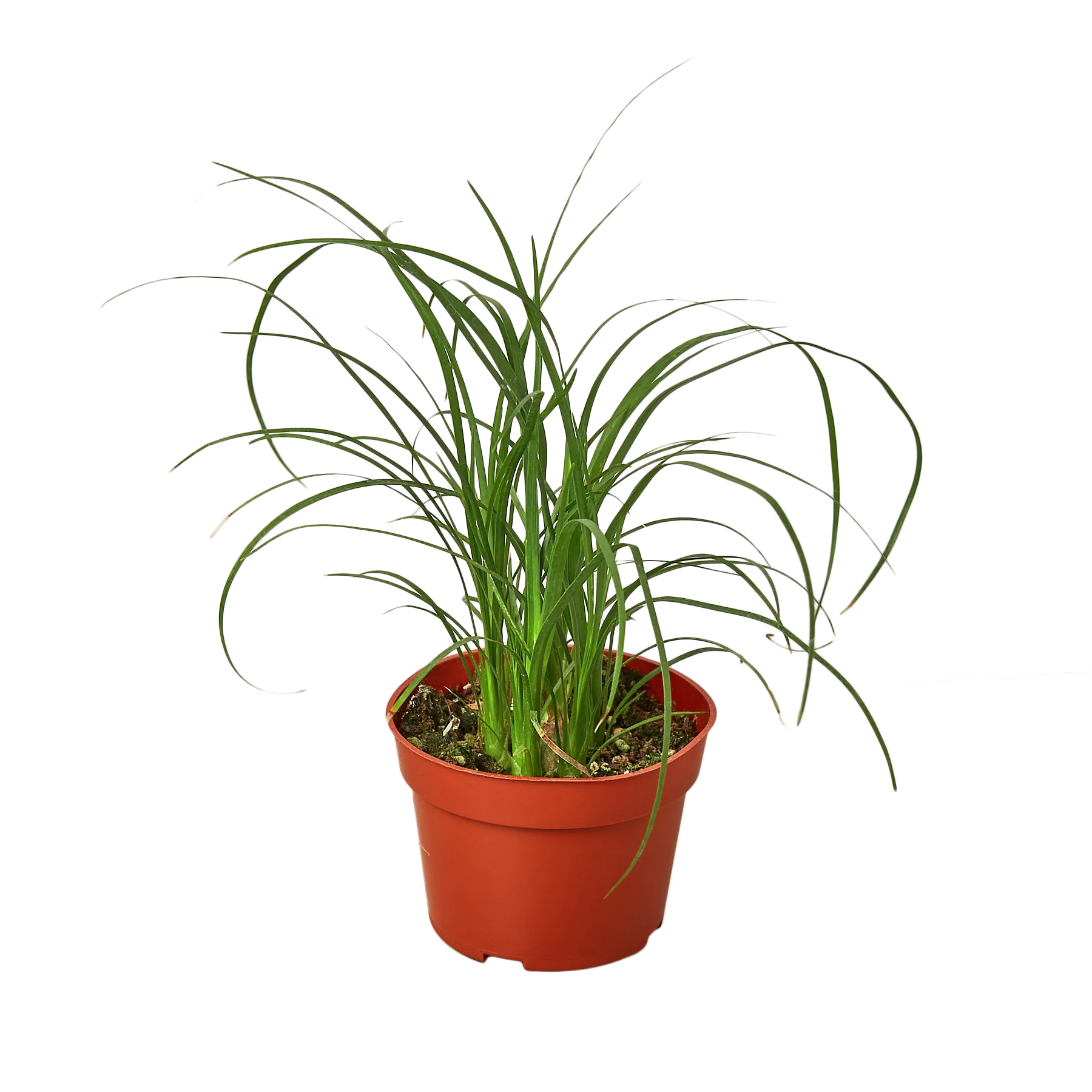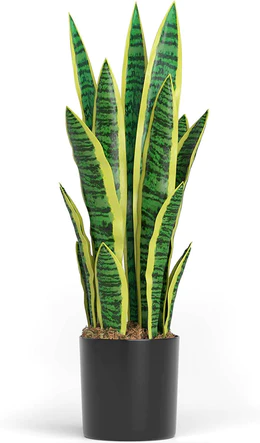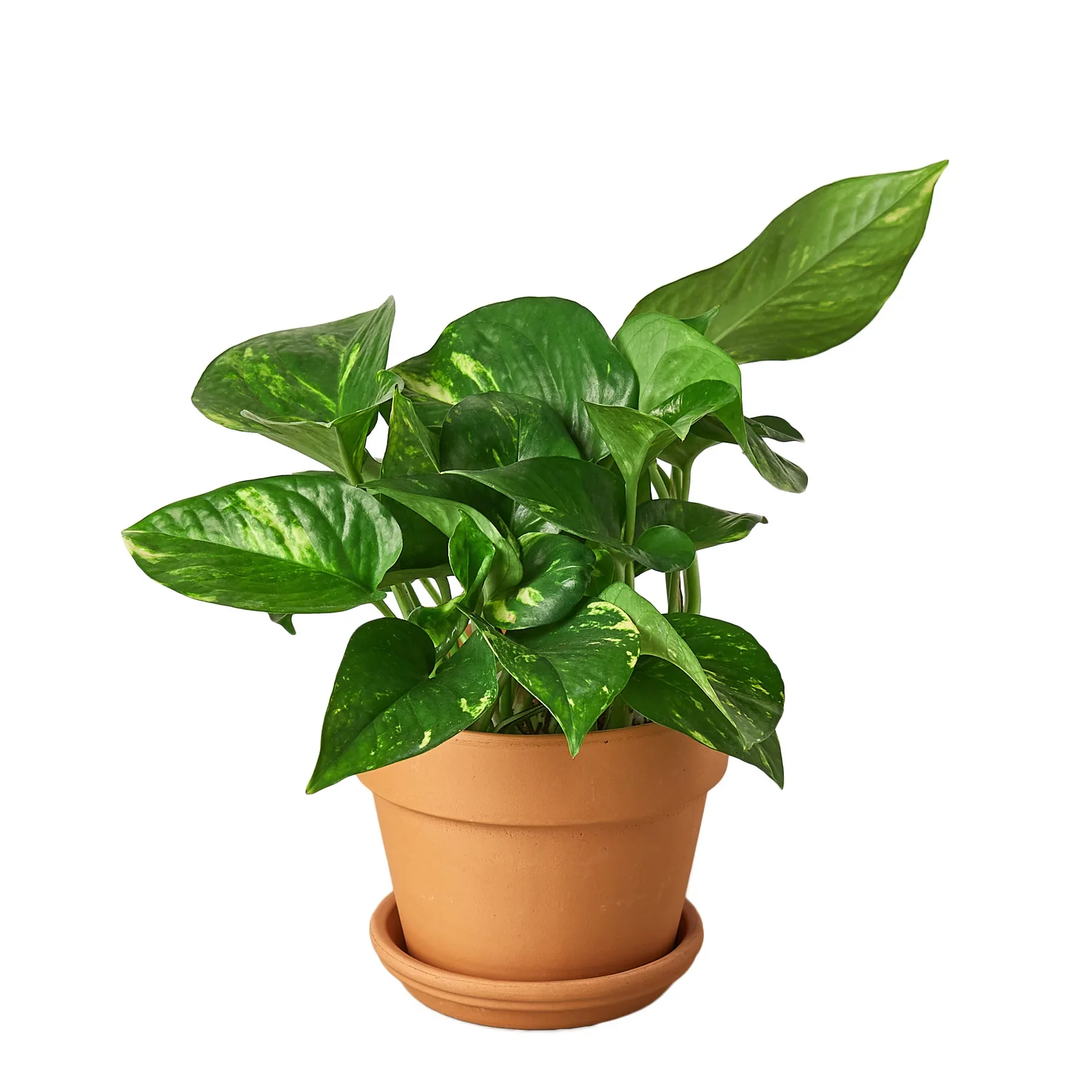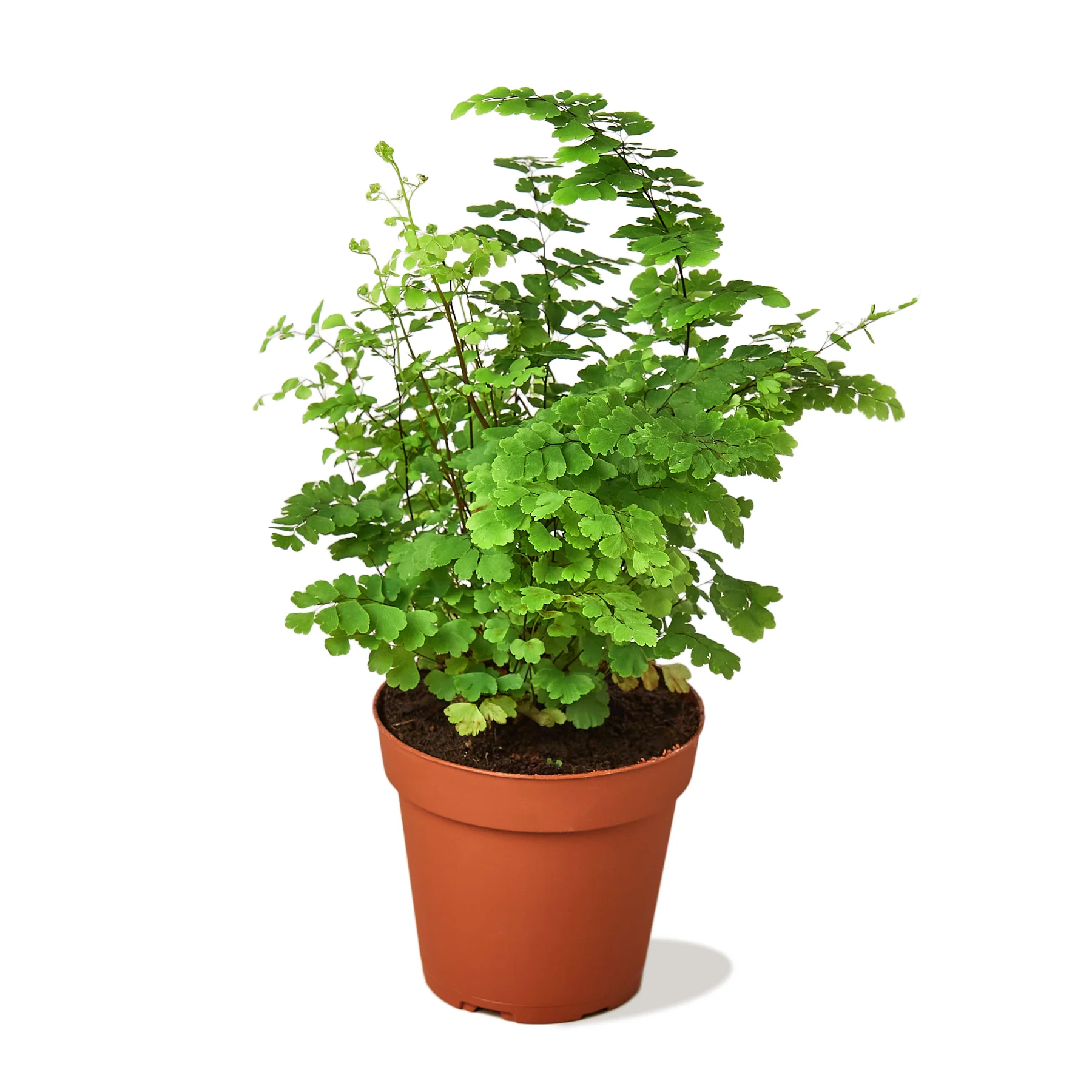The Easiest Houseplants to Keep
House plants are indoor plants that are grown for their aesthetic value, as well as for the health benefits they provide. They come in a wide range of sizes, shapes, and colors, and can be placed in various locations throughout the home, including on windowsills, shelves, and tables.
Some common types of house plants include:
1. Succulents: These are plants that have fleshy leaves and stems that store water. They are easy to care for and come in a variety of shapes and sizes.
2. Foliage plants: These are plants with attractive leaves that come in a range of colors, including green, red, and variegated shades. They can be used to add color and texture to a room.
3. Flowering plants: These are plants that produce colorful blooms, such as orchids, African violets, and peace lilies. They add a pop of color to any space and can also help purify the air.
4. Hanging plants: These are plants that are grown in hanging baskets. They can be used to add interest to empty spaces and can also help purify the air.
5. Air plants: These are plants that don’t require soil to grow. They can be mounted on walls or placed in terrariums and are easy to care for.
Benefits of House Plants
House plants are known to provide a range of benefits, including improving air quality, reducing stress levels, and boosting mood. They also add a natural element to indoor spaces and can help create a relaxing and calming environment.
Many house plants are aesthetically pleasing so much that they can be the focal point of any room.
Selecting the Right House Plants
There are a few factors to consider when selecting the right plants.
- If you have pets, look for plants that are pet safe. Check out this post on the Chewy website for plants that are safe and plants that are poisonous here.
2. How much space can you give your plants. If you are planning for small plants on a window sill or shelf, succulents are a great option. On the other hand if you want the plants to make a big statement in the room, you will want to consider foliage plants.
3. How much time and effort will you commit to taking care of your plants. Some plants require watering as needed, some weekly and some can survive without water longer. Some plants need plant food on a regular basis, so you may need to track when plant food will be required. One way to make sure you water your plants on a regular basis is to pick a day of the week and make that the day you water all the plants. You might need to set a reminder on your phone for the first few weeks just to get into the habit.
4. Are you open to dividing and splitting plants as they grow and have shoots or overcrowd their pot. You can find a list of 44 houseplants you can divide at gardening.com. Some plants you choose may require dividing every few years.
5. Light and Location- Once you decide where your plants will be placed, figure out how much light they will receive. If you find that the spaces you have chosen are away from natural sunlight, you may want to consider low light plants. You can find a list of low light plants here.
7 Easy House Plants to Keep
Disclaimer:Our site contains affiliate links. If you use the links to buy something we may earn a commission but at no extra cost to you. Thank you for your support.
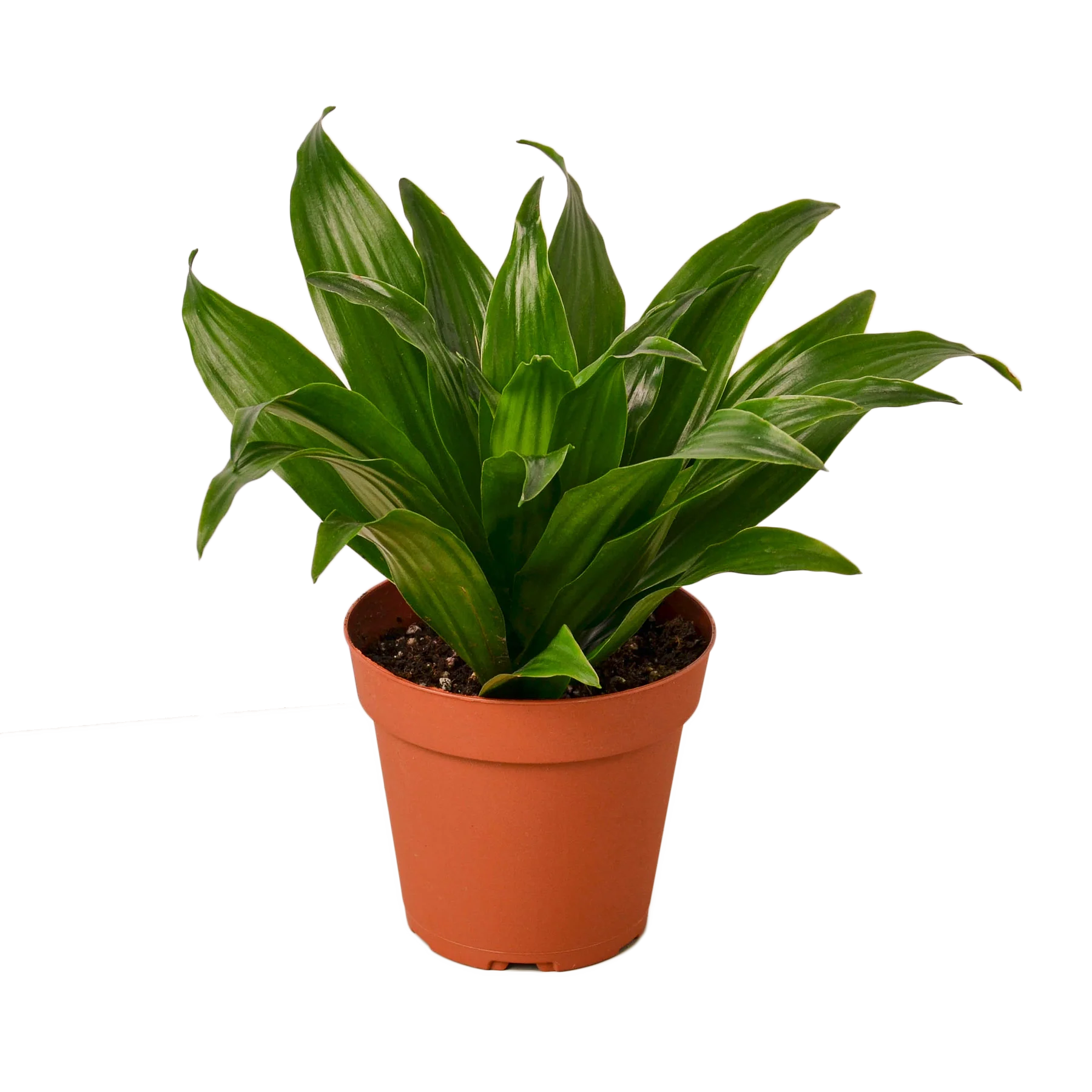
Dragon Tree /Dracaena ‘Janet Craig’
